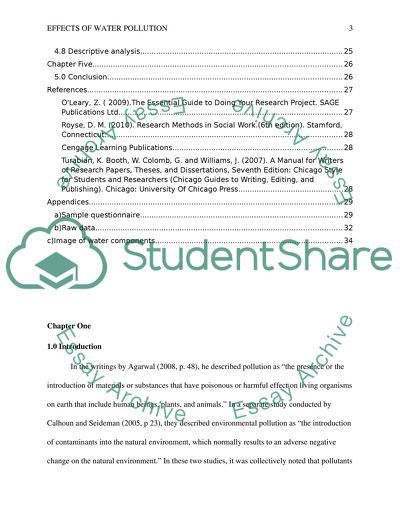Cite this document
(“Research on the effects of water pollution Paper”, n.d.)
Research on the effects of water pollution Paper. Retrieved from https://studentshare.org/environmental-studies/1627285-research-on-the-effects-of-water-pollution
Research on the effects of water pollution Paper. Retrieved from https://studentshare.org/environmental-studies/1627285-research-on-the-effects-of-water-pollution
(Research on the Effects of Water Pollution Paper)
Research on the Effects of Water Pollution Paper. https://studentshare.org/environmental-studies/1627285-research-on-the-effects-of-water-pollution.
Research on the Effects of Water Pollution Paper. https://studentshare.org/environmental-studies/1627285-research-on-the-effects-of-water-pollution.
“Research on the Effects of Water Pollution Paper”, n.d. https://studentshare.org/environmental-studies/1627285-research-on-the-effects-of-water-pollution.


